Based on our vast experience with EASA PART 66 examination questions and question databanks, we have prepared a practice example of questions with explanations to practice for your next exam.
Disclaimer: This questions are for training purposes only! They are in no way appearing on Suntech’s’ controlled examination sessions.
At the end of the questions you are most welcome to comment, debate and ask questions.
Module 10: Aviation Legislation
- Which post-World War II propulsion technology was a primary driver for the expansion of global air travel?
- A. The Gas Turbine Engine
- B. The enhanced Steam Engine
- C. The advanced Internal Combustion Engine
Correct Answer: A. The Gas Turbine Engine
Explanation: The development of reliable and powerful gas turbine (jet) engines enabled larger, faster, and higher-flying aircraft, which was essential for the growth of long-haul international air travel.
- In what year did the United States government convene a meeting of allied nations in Chicago to establish international civil aviation standards?
- A. 1944
- B. 1952
- C. 1939
Correct Answer: A. 1944
Explanation: The Chicago Convention, which laid the foundation for the International Civil Aviation Organization (ICAO) and modern international air law, took place in 1944.
- Of the nations invited to the Chicago Convention in November 1944, how many ultimately attended the talks?
- A. 55
- B. 52
- C. 47
Correct Answer: B. 52
Explanation: A total of 52 of the 55 invited nations participated in the discussions in Chicago in November 1944.
- Which institution of the European Union (EU) operates independently of the individual member states and possesses significant executive powers?
- A. The European Parliament
- B. The European Commission
- C. The Council of Ministers
Correct Answer: B. The European Commission
Explanation: The European Commission is a key EU institution, known for its independence from member states and its substantial authority.
- What is the standard duration of a mandate for the European Commission?
- A. Three years
- B. Four years
- C. Five years
Correct Answer: C. Five years
Explanation: The mandate for the European Commission is set for a term of five years.
- Part-66, which details the requirements for aircraft maintenance certifying staff, is the designation for which Annex of Regulation (EC) 1321/2014?
- A. Annex II of Regulation (EC) 1321/2014
- B. Annex III of Regulation (EC) 1321/2014
- C. Annex IV of Regulation (EC) 1321/2014
Correct Answer: B. Annex III of Regulation (EC) 1321/2014
Explanation: Part-66 is the common name for Annex III of Regulation (EC) 1321/2014, which governs the licensing of aircraft maintenance personnel.
- On what date did the EASA Part-66 regulation originally enter into force?
- A. September 2006
- B. September 2008
- C. 29 November 2003
Correct Answer: C. 29 November 2003
Explanation: The initial date of entry into force for the Part-66 regulation was 29 November 2003.
- Although Part-66 came into effect in 2003, until what year was its application not mandatory for large aircraft (MTOW > 5700 kg) due to derogations?
- A. 29 November 2003
- B. September 2006
- C. September 2008
Correct Answer: B. September 2006
Explanation: Various derogations postponed the mandatory application of Part-66 for large aircraft (MTOW > 5700 kg) until September 2006.
- Until what year was the mandatory application of Part-66 deferred for light aircraft (MTOW < 5700 kg)?
- A. September 2008
- B. September 2006
- C. 29 November 2003
Correct Answer: A. September 2008
Explanation: The mandatory application of Part-66 for light aircraft (MTOW < 5700 kg) was not required until September 2008.
- Which section of the Part-66 regulation specifies the Basic Knowledge requirements for obtaining a maintenance license?
- A. Part-66.A.30
- B. Part-66.A.50
- C. Part-66.A.25
Correct Answer: C. Part-66.A.25
Explanation: The requirements for basic knowledge, including the module structure and examination standards for a Part-66 license, are detailed in section Part-66.A.25.
- The requirements concerning the basic experience needed for a Part-66 license application can be found in which section of the regulation?
- A. Part-66.A.30
- B. Part-66.A.25
- C. Part-66.A.50
Correct Answer: A. Part-66.A.30
Explanation: The minimum duration and type of practical maintenance experience required for a Part-66 license are detailed in section Part-66.A.30.
- What is the maximum validity period for a certificate of recognition issued after successfully passing a Part-66 basic knowledge module exam?
- A. 5 years
- B. 10 years
- C. Indefinite
Correct Answer: B. 10 years
Explanation: Once a Part-66 module is passed, the certificate of recognition for that module is valid for a period of 10 years, within which all modules for a specific license category must be completed.
- A Part-145 approved maintenance organisation can be approved for what scope of work?
- A. Aircraft, Engines, Components, or any combination thereof
- B. Aircraft and Engines only
- C. Components only
Correct Answer: A. Aircraft, Engines, Components, or any combination thereof
Explanation: A Part-145 approval can be granted for the maintenance of aircraft, engines, or components, or for any combination of these three categories.
- For which categories of maintenance can an aircraft maintenance organisation receive approval under Part-145?
- A. Line or Base Maintenance or both
- B. Only Line Maintenance
- C. Only Base Maintenance
Correct Answer: A. Line or Base Maintenance or both
Explanation: Part-145 approvals for aircraft maintenance are categorized as either Line Maintenance, Base Maintenance, or an approval that covers both.
- On what date did Part-145 become effective for the maintenance of all EASA aircraft operating under Commercial Air Transport (CAT)?
- A. 28 September 2008
- B. Immediately upon its first publication
- C. 29 November 2003
Correct Answer: C. 29 November 2003
Explanation: The requirement for maintenance on CAT aircraft to be performed by a Part-145 approved organisation came into effect on 29 November 2003.
- When was the scope of Part-145 expanded to encompass all large aircraft, not just those used in Commercial Air Transport?
- A. 28 September 2008
- B. The regulation always covered all large aircraft from its inception
- C. 29 November 2003
Correct Answer: A. 28 September 2008
Explanation: Initially applicable only to CAT aircraft, the Part-145 regulation was extended to cover all large aircraft, regardless of their use, from 28 September 2008.
- Who is authorised to issue a Certificate of Release to Service (CRS) following maintenance on a large aircraft or any aircraft in Commercial Air Transport?
- A. The aircraft owner
- B. An Organisation with the appropriate approval in accordance with Part-145
- C. Any mechanic holding a valid license
Correct Answer: B. An Organisation with the appropriate approval in accordance with Part-145
Explanation: The release to service for large or CAT aircraft must be issued by a Part-145 approved maintenance organisation, not an individual.
- How can a maintenance organisation located outside the European Union obtain a Part-145 approval?
- A. Through a bilateral agreement with an individual EU Member State
- B. By applying directly to EASA
- C. By applying through its own National Aviation Authority
Correct Answer: B. By applying directly to EASA
Explanation: Maintenance organisations geographically located outside the EU must apply for and receive their Part-145 approval directly from EASA.
- On which category of aircraft is independent certifying staff permitted to exercise their certification privileges?
- A. Commercial aircraft falling under Part-145
- B. Any aircraft, regardless of use
- C. Non-commercial aircraft maintained in accordance with Part-ML regulations
Correct Answer: C. Non-commercial aircraft maintained in accordance with Part-ML regulations
Explanation: The privileges of independent certifying staff are restricted to non-commercial aircraft that are maintained under the scope of Part-ML.
- How is the term “independent certifying staff” defined within the regulations?
- A. Certifying staff who do not exercise their privileges on behalf of an approved maintenance organisation
- B. Certifying staff who are only authorised to conduct airworthiness reviews
- C. Certifying staff employed by a Part-145 approved maintenance organisation
Correct Answer: A. Certifying staff who do not exercise their privileges on behalf of an approved maintenance organisation
Explanation: “Independent certifying staff” refers to individuals who exercise certification privileges in their own right, not as employees of a maintenance organisation.



